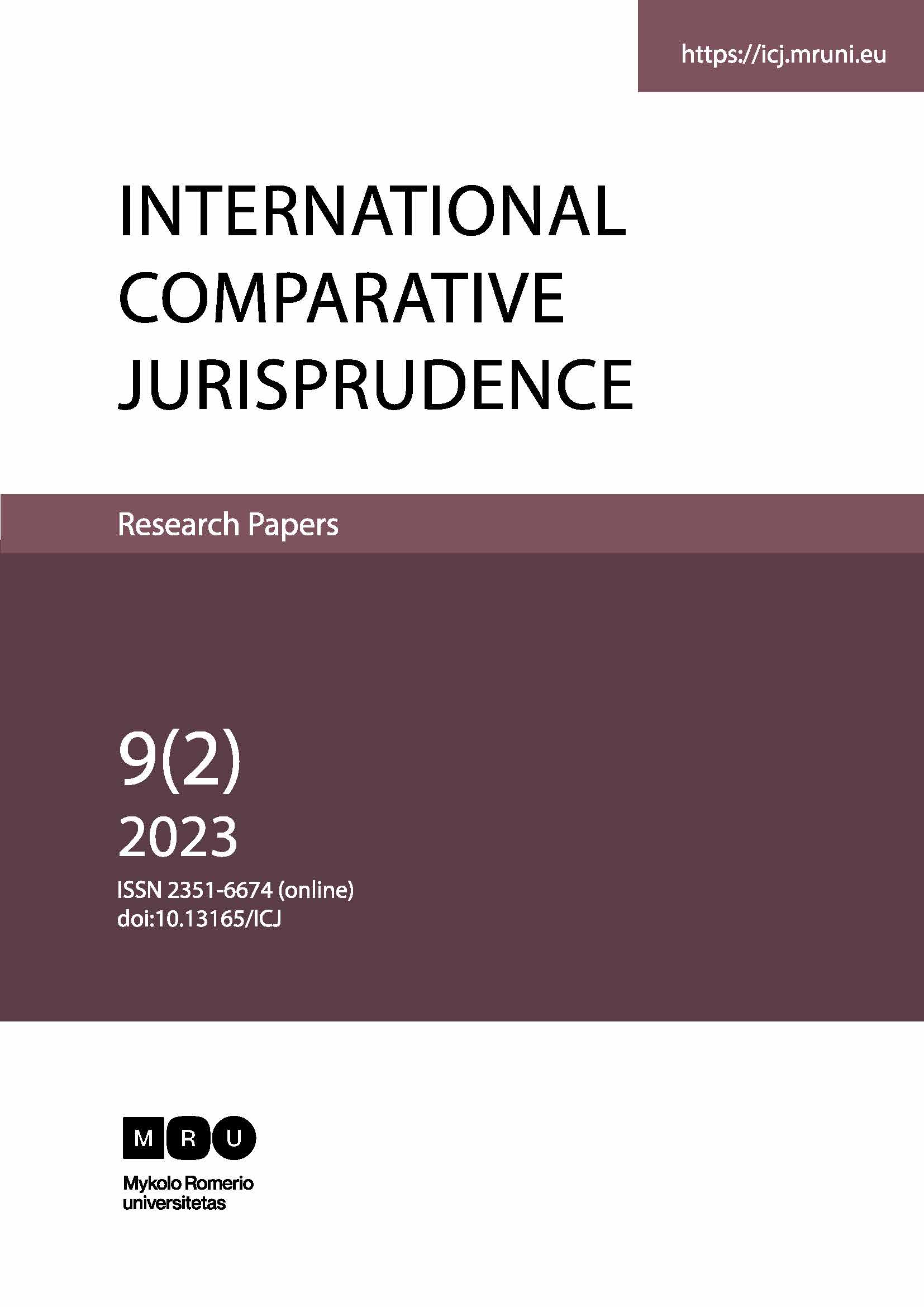THE DEVELOPMENT OF TRANSACTION AVOIDANCE IN EUROPEAN UNION INSOLVENCY LAW
plugins.themes.bootstrap3.article.main692110469b0e6
Santrauka
Transaction avoidance is part of insolvency proceedings. The successful application of the rules on transaction avoidance allows the value of the debtor’s assets to be maximised, and thus increases the satisfaction of creditors’ claims. In the European Union, the substantive rules on insolvency law still are a matter of the national laws of Member States. However, trends in the policy-making actions of the European Union reveal that various initiatives have been proposed to establish certain rules on transaction avoidance which should increase recovery rates for creditors and contribute to the proper functioning of the domestic market. This article focuses on the general aims of transaction avoidance and provides a critical assessment of the proposed harmonisation of the rules on transaction avoidance in European Union law. The authors found that the proposed rules on the harmonisation of transaction avoidance rules in European Union insolvency law may actually discourage businesses regarding the exercise of the freedom of establishment, and may also intervene in the substantive insolvency and civil law regulations of Member States.







